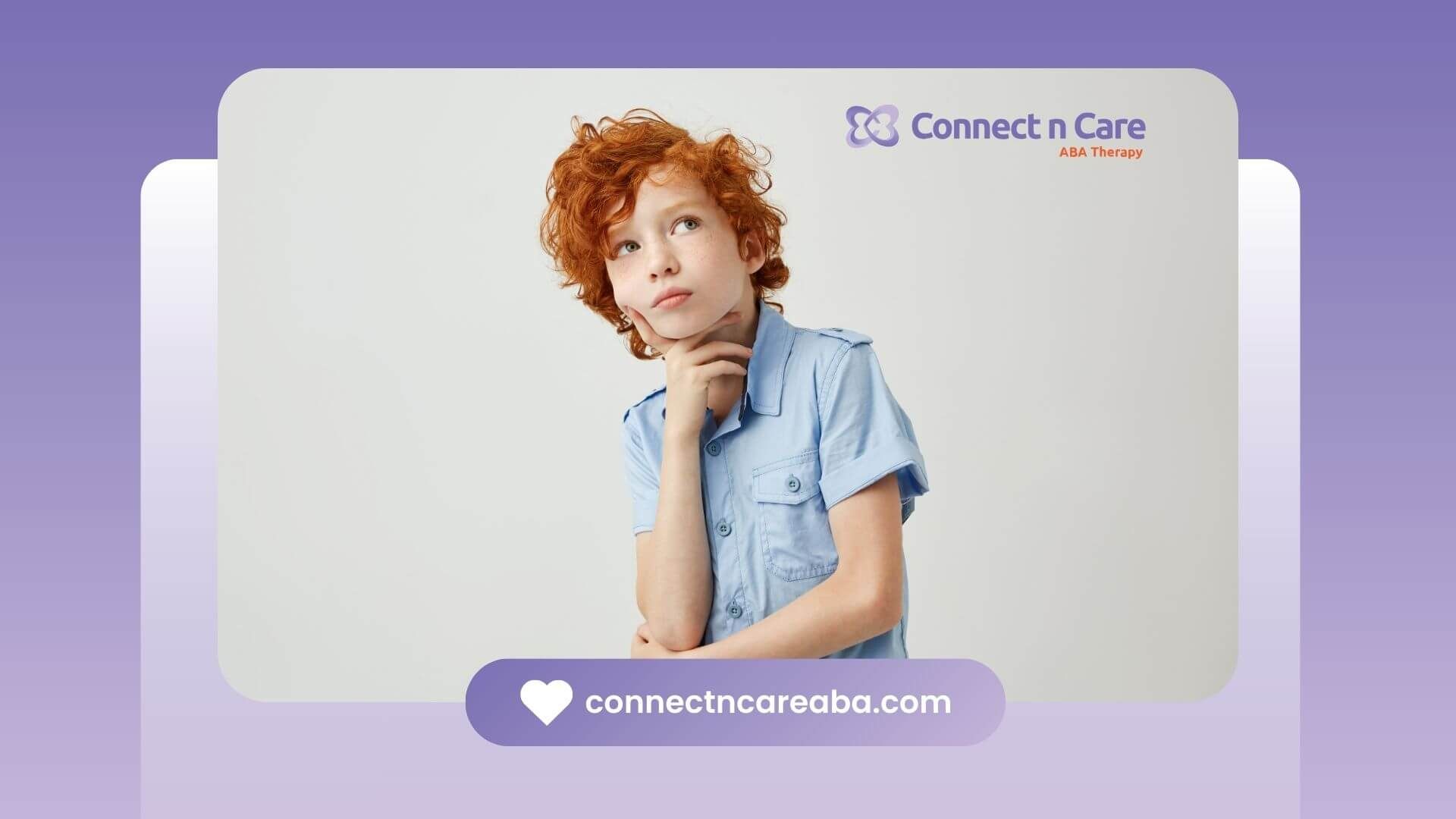High-functioning autism (HFA) and Asperger’s Syndrome are terms often used interchangeably, but they both fall under the umbrella of Autism Spectrum Disorder (ASD). The main difference lies in the severity of symptoms and the level of language development.
High-functioning autism refers to individuals with autism who have average or above-average intelligence but may struggle with social interactions, communication, and behavior. They may have language skills that develop normally, but still face challenges in interpreting social cues or understanding emotional expressions.
Asperger’s Syndrome, once considered a separate diagnosis, is now classified under ASD in the DSM-5. It describes individuals with similar social and communication difficulties as high-functioning autism but typically without significant language delays. Children with Asperger’s often have a strong interest in specific topics and may excel in certain areas, such as math or technology, but still face challenges in social settings.
Both conditions are on the same spectrum and can benefit from early intervention. At Connect n Care ABA, we specialize in tailored ABA therapy programs in North Carolina that help children with autism thrive.
Contact us today to learn more about how our ABA therapy services can support your child’s unique needs.
SOURCES:
https://www.healthline.com/health/high-functioning-autism
https://www.structural-learning.com/post/autism-vs-aspergers-syndrome
https://www.healthline.com/health/aspergers-vs-autism
https://www.angelsense.com/blog/aspergers-vs-high-functioning-autism-understand-the-difference/
https://www.psacademyarizona.com/blog-posts/disorders-autism-spectrum









